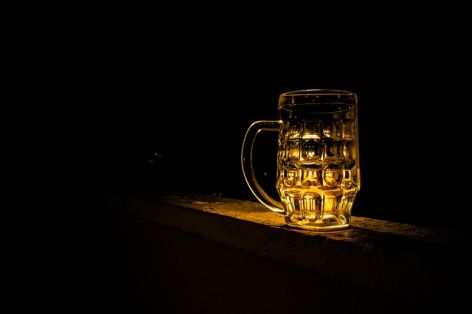Combining alcohol with other substances increases the risk of serious health conditions and side effects. Alcohol intensifies the effects of many drugs, including street drugs and prescription medication. Seemingly harmless over-the-counter drugs and herbal treatments can also cause problems when taken with alcohol.
Effects of Alcohol on Men and Women
Alcohol affects women faster than men. The male body is, generally, larger than a woman’s and contains more water. Alcohol mixes with body water, so when a man and woman drink the same amount, the woman winds up with a correspondingly higher alcohol concentration than the man. Because of this discrepancy, women are more susceptible to the alcohol’s effects and health complications. Alcohol-drug interactions, while dangerous for both sexes, tend to be more serious in women. In spite of this, alcoholism has traditionally been considered a “male” disease, with the misconception more men than women require drug addiction rehab for alcoholism or alcohol-drug use. As social drinking became more acceptable for women, rates of alcohol abuse rose for women while remaining stable for men.
Drugs and Alcohol
Alcohol can intensify or impair a drug’s effectiveness. You’ve probably taken medication at some point with a warning on the label indicating it should not be used with alcohol. Common effects range from drowsiness and headaches to nausea, vomiting, fainting and loss of coordination. More serious alcohol-drug interactions can result in heart problems, internal bleeding and difficulty breathing. Drugs such as antihistamines, cold medication, painkillers (particularly opiates) and sleeping pills cause drowsiness. Even small amounts of alcohol intensifies drowsy side-effects, increasing the risk of driving accidents.
Alcohol and Smoking
Combining alcohol with tobacco is common, but mixing the two substances may result in severe hangovers. Tobacco affects the brain’s nicotine receptors, triggering the release of dopamine. Dopamine plays a key role in the brain’s reward system, producing feelings of pleasure. The enjoyable feeling encourages further use of both tobacco and alcohol, increasing the risk of a severe hangover. Combining marijuana and alcohol produces a similar effect.
Alcohol, Cocaine Abuse and Cocaethylene
Drug and alcohol rehab centers understand the dangers of combining alcohol with recreational or medicinal drugs. While any “poly-drug” use is never a good idea, mixing alcohol and cocaine is especially dangerous. Alcohol and cocaine combine to form a third drug called cocaethylene. Like cocaine, cocaethylene increases dopamine levels. Cocaethylene remains in the body longer than cocaine, lengthening drug intoxication. Combining alcohol and cocaine increases the risk of cocaine addiction. Cocaethylene can also kill. Highly toxic, the drug increases heart rate, raises blood pressure and increases the heart’s need for oxygen. Heart attacks and sudden death can result. Cocaethylene damages the liver and worsens cocaine’s own liver-damaging abilities. Using cocaine and alcohol releases more dopamine and serotonin than either drug alone. Dopamine and serotonin affect impulsivity and risk-taking, increasing your risk of violence or unsafe sex. (Photo via)

